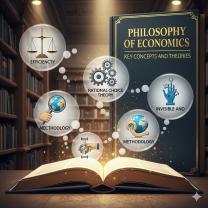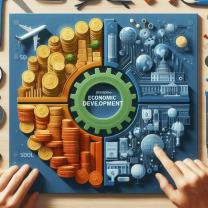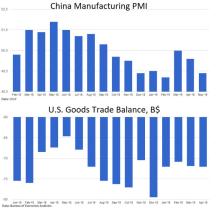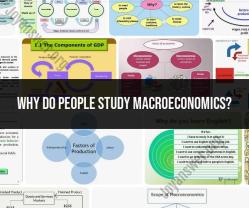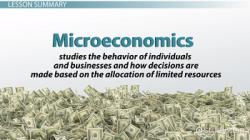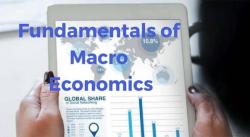What does the study of Economics involve?
Economics is the social science that studies how individuals, businesses, governments, and societies allocate resources to satisfy their needs and wants. It examines various aspects of human behavior related to production, consumption, distribution, and exchange of goods and services. Here are some key concepts and principles in the study of economics:
1. Scarcity and Choice:Scarcity is the fundamental economic problem where resources (such as time, money, labor, and natural resources) are limited, but human wants and needs are virtually unlimited. As a result, individuals and societies must make choices about how to allocate these scarce resources efficiently.
2. Opportunity Cost:Opportunity cost refers to the value of the next best alternative that must be given up when a decision is made. It's the concept of what you sacrifice when you choose one option over another. Understanding opportunity cost helps in making informed decisions.
3. Supply and Demand:Supply and demand are the foundational principles of microeconomics. Supply refers to the quantity of goods or services that producers are willing to provide, while demand represents the quantity that consumers are willing to buy. The interaction between supply and demand determines market prices and quantities.
4. Elasticity:Elasticity measures the responsiveness of quantity demanded or supplied to changes in price, income, or other factors. Understanding elasticity helps predict how changes in variables will impact market behavior.
5. Market Equilibrium:Market equilibrium occurs when the quantity demanded equals the quantity supplied at a particular price. It's the point where there is no excess demand or supply, leading to stable prices.
6. Marginal Analysis:Marginal analysis involves examining the effects of incremental changes in decision-making. It helps determine whether taking one more unit of a good or making a small change is worth the cost.
7. Production Possibility Frontier (PPF):The PPF illustrates the maximum output that a country can produce with given resources and technology. It shows the trade-offs between producing different goods and helps visualize efficiency and opportunity cost.
8. Comparative Advantage:Comparative advantage occurs when a person, business, or country can produce a good or service at a lower opportunity cost than others. It forms the basis for international trade and specialization.
9. Rational Decision-Making:Economists assume that individuals and firms make rational decisions by comparing costs and benefits to maximize their utility (satisfaction) or profits. Rational decision-making considers limited resources and available alternatives.
10. Market Structures:Economies consist of different market structures, such as perfect competition, monopoly, oligopoly, and monopolistic competition. These structures affect pricing, output, and competition dynamics.
11. Macroeconomics and Microeconomics:Economics is divided into macroeconomics, which studies the economy as a whole (e.g., GDP, inflation, unemployment), and microeconomics, which focuses on individual markets, prices, and consumer behavior.
12. Externalities and Public Goods:Externalities are unintended side effects of economic activities that affect third parties, while public goods are goods that are non-excludable and non-rivalrous. Both concepts impact market efficiency and government intervention.
Economics is a dynamic field that evolves as societies, technologies, and economies change. It provides tools to analyze and understand the complexities of human behavior in various economic contexts, guiding policymakers, businesses, and individuals in making informed decisions.





